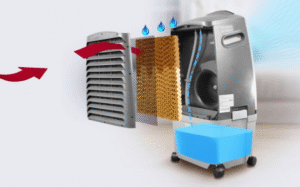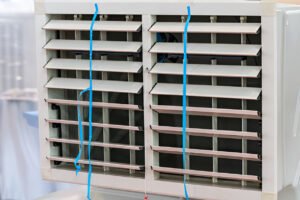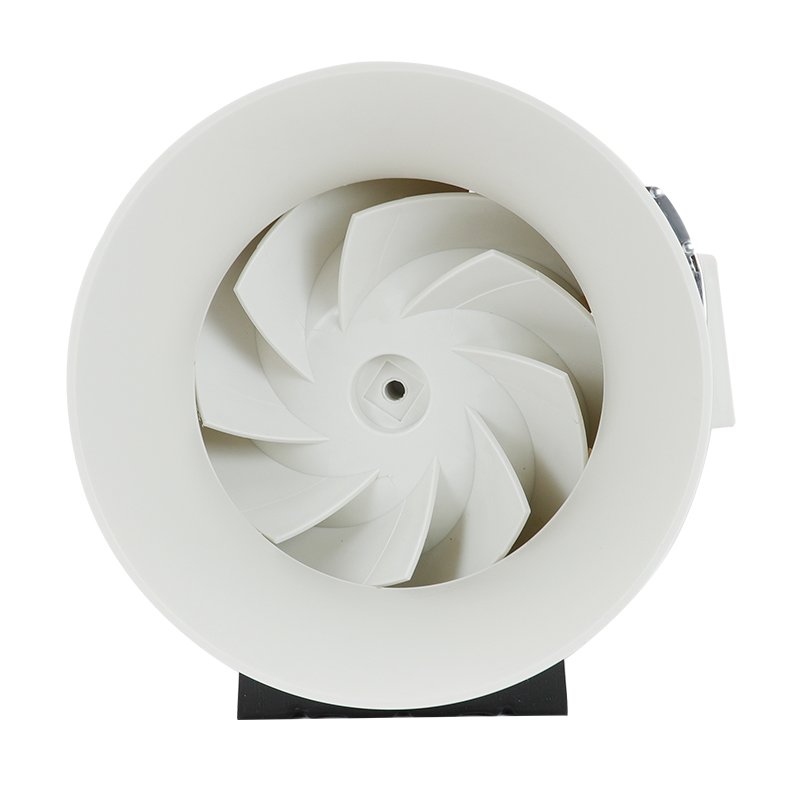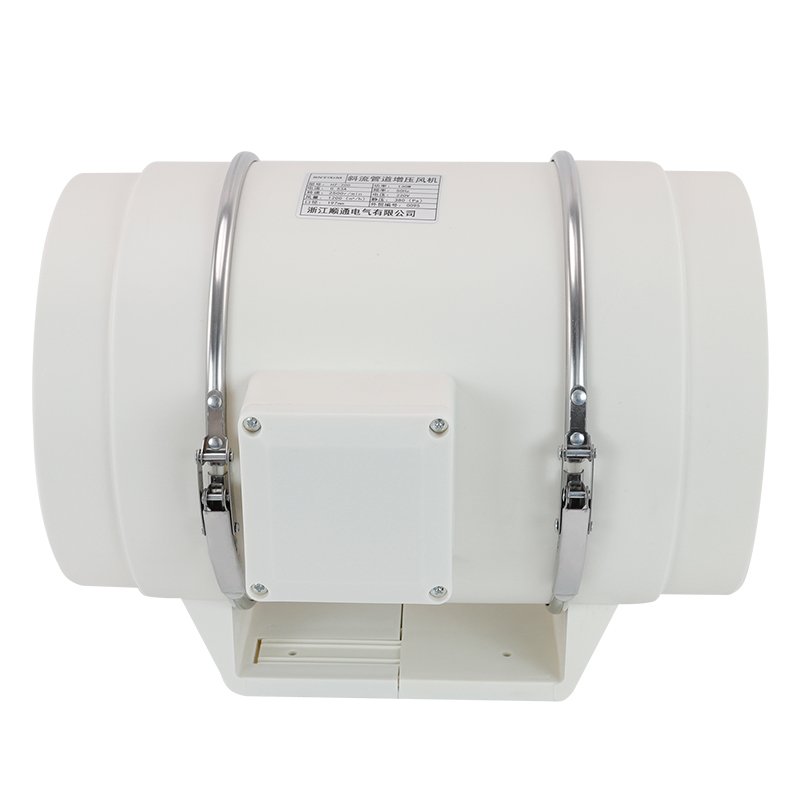Industrial fans are powerful tools designed to move large volumes of air efficiently. They are commonly used in various settings, such as warehouses, factories, and commercial spaces, to improve ventilation and air circulation. However, many people wonder if an industrial fan can effectively cool a room.
In this article, we will explore the factors that affect an industrial fan’s cooling ability and compare it to other cooling methods.

Can an Industrial Fan Cool a Room
Industrial fans can effectively cool a room, although their cooling ability depends on several factors. Unlike air conditioning systems that actively remove heat and lower the air temperature, industrial fans work by creating airflow and facilitating the evaporation of moisture from the skin, which results in a cooling effect.
The extent to which an industrial fan can cool a room is influenced by the temperature and humidity of the air. In hot and dry conditions, the fan will be more effective at cooling, as the air has a greater capacity to absorb moisture from the skin. Conversely, in humid environments, the air is already saturated with moisture, reducing the fan’s cooling efficiency.
It’s important to note that while an industrial fan can make a room feel cooler, it does not actually lower the air temperature like an air conditioner would. The fan simply facilitates heat transfer from the body to the surrounding air, creating a cooling effect for the room’s occupants.
Factors That Affect an Industrial Fan’s Cooling Ability
Fan Size and CFM
The size of an industrial fan, typically measured by its blade diameter, significantly impacts its cooling capacity. Larger fans can move a higher volume of air, expressed as cubic feet per minute (CFM).
Generally, a fan with a higher CFM rating will provide more effective cooling. However, it’s important to select a fan size that is appropriate for the room dimensions. An oversized fan in a small space can create excessive air movement, while an undersized fan will struggle to circulate enough air to lower the temperature.
Room Size and Layout
The room’s size directly affects an industrial fan’s cooling performance. In a larger room, the fan needs to move a greater volume of air to achieve a noticeable temperature change. The layout also matters – an open floor plan allows for unobstructed airflow, enhancing the fan’s efficiency.
Conversely, a room with many partitions, walls, or obstacles will impede air circulation. The fan will need to work harder to distribute cool air evenly throughout the space.
Insulation and Heat Sources Within the Room
A room’s insulation plays a significant role in maintaining a stable temperature. Well-insulated walls, ceilings, and windows prevent heat from entering the space, making it easier for the industrial fan to cool the room effectively. Poor insulation allows heat to seep in, counteracting the fan’s cooling efforts.
Additionally, heat-generating sources within the room can hinder the fan’s performance. Equipment like computers, machinery, or lighting fixtures emit heat, warming up the surrounding air. An industrial fan must work harder to dissipate this excess heat and lower the overall room temperature.
Ventilation and Air Circulation
Proper ventilation is key to maximizing an industrial fan’s cooling capacity. The fan should be positioned to promote optimal air circulation, drawing in cooler outside air and exhausting warm indoor air.
Windows, doors, or dedicated ventilation openings can be strategically used to create a cross-breeze effect. This allows the fan to continuously bring in fresh, cool air while removing stale, warm air from the room. Adequate ventilation ensures a constant supply of cooler air for the fan to circulate, enhancing its cooling efficiency.
Comparing Industrial Fans to Other Cooling Methods
| Cooling Method | Pros | Cons |
|---|---|---|
| Industrial Fans | – Relatively inexpensive – Easy to install and maintain – Can improve air circulation and ventilation | – Limited cooling capacity – May not be effective in very hot or humid conditions – Can be noisy |
| Air Conditioning Systems | – Provide more powerful cooling – Can maintain a consistent temperature – Effective in hot and humid conditions | – More expensive to install and operate – Require regular maintenance – May not improve air circulation or ventilation |
| Evaporative Coolers | – Energy-efficient – Effective in dry climates – Can improve air quality by adding moisture | – Less effective in humid conditions – Require a water source and regular maintenance – May not cool as effectively as air conditioning |
| Ceiling Fans | – Inexpensive – Easy to install – Can improve air circulation | – Limited cooling capacity – Not effective in very hot conditions – May not provide even cooling throughout the room |










